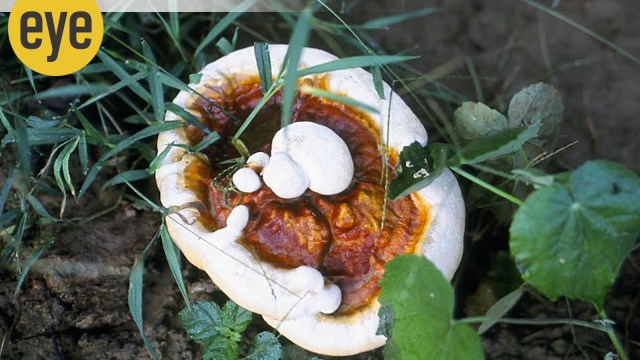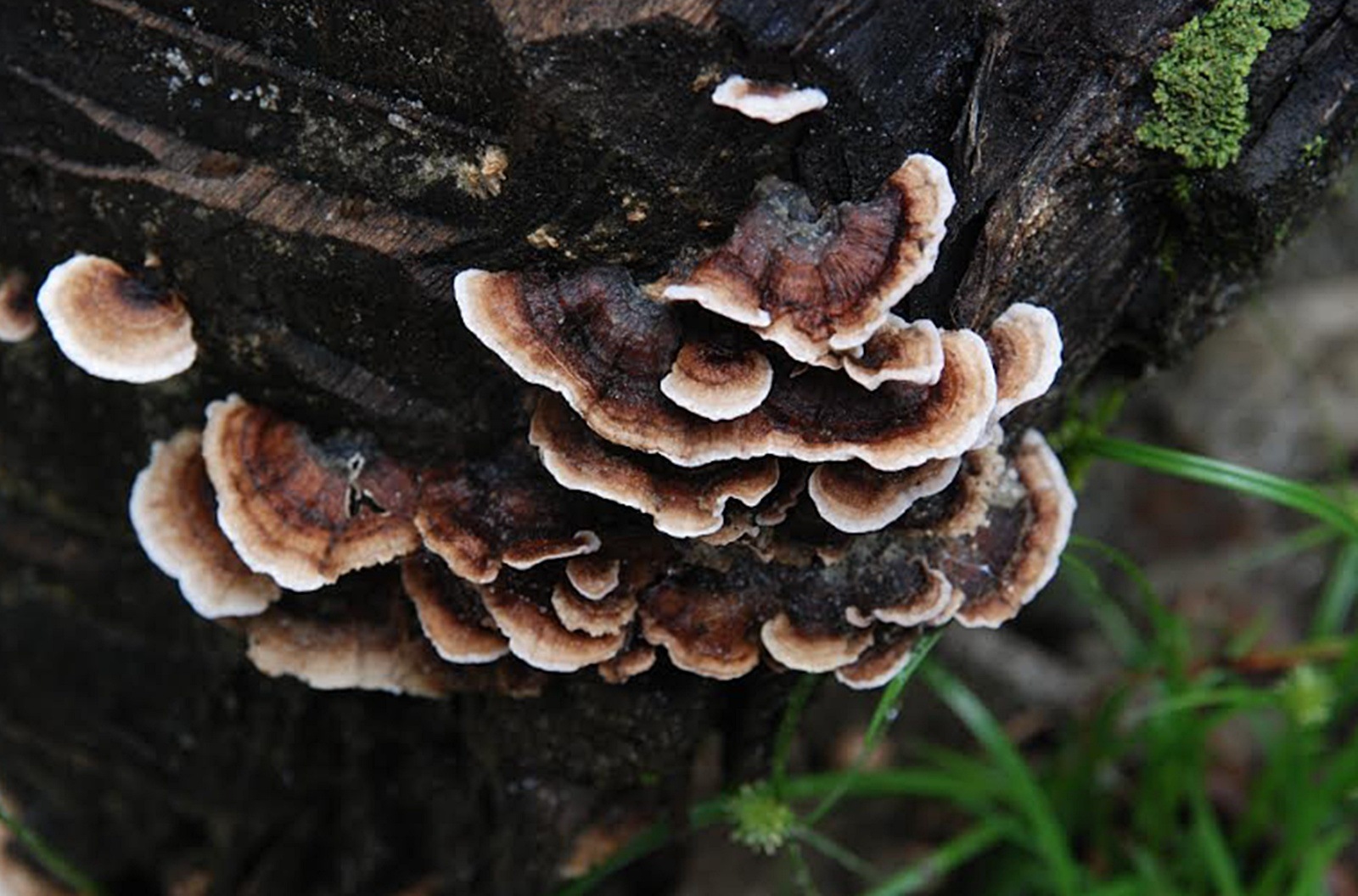Why mushrooms have magical stories spinning around them
Mushrooms are a form of fungi that continue to be studied extensively to discover, sometimes the magic, and at other times the menace, they can unleash
 Mushrooms occur in a bewildering variety, from microscopic moulds to varnished shelf-like mushrooms, growing on tree trunks and boughs (Credit: Ranjit Lal)
Mushrooms occur in a bewildering variety, from microscopic moulds to varnished shelf-like mushrooms, growing on tree trunks and boughs (Credit: Ranjit Lal)It really is like magic: one morning there’s nothing on the grass, the next morning, you spot this delicate, silvery grey umbrella-like structure standing on a slim stalk. A look around and you spot a couple more. And the following morning, they vanished! No wonder mushrooms (and toadstools) have all those fairy stories humming around them!
They are of course, a form of fungi that — along with yeast and mold — form an enormous family of micro-organisms that, separated by a billion years from plants and animals, are neither. However, in ways mushrooms resemble both, though they are closer to animals! Like plants, fungi cannot travel and obtain nourishment through an underground network of thread- like roots called hyphae. And like animals, they cannot make their own food via photosynthesis but have to depend on obtaining it second-hand from those that do. Much remains unknown about this vast clan. So far some 1,48,000 species have been identified (out of a possible total of between 2.2-3.8 million), of which 8,000 are known to be harmful to plants and 300 pathogenic to us.
But the good that they do far outweighs the bad. Fungi in various forms (along with bacteria) are principal decomposers of dead organic material, turning them back into nutrients like phosphates and nitrates that are vital for plants. Our planet would be buried under dead, rotting organic material otherwise; a hotbed of disease and infection. Also, fungi recycle carbon and other vital elements into the ecosystem. Along with plants, fungi, in a process called soil carbon sequestration, capture carbon from the atmosphere and store it in the soil for hundreds of years, improving soil fertility and reducing the amount of carbon in the atmosphere.
They can be deadly (the death cap mushroom aka Amanita phalloides), delicious (truffles), nuisances (ringworm) and life savers. Penicillin is a mold, and has saved millions of lives, and yeast has been used for millennia to leaven bread and cakes and in the making of beer, brandy, whisky and rum! We’d have no Camembert or Brie without them. Less toxic mushrooms like the fly agaric — when cooked — have been used for ‘recreational’ purposes, giving people, and especially pop-stars, hallucinogenic highs.
Mushrooms have been used as a food source on a commercial scale and have numerous health benefits, as they are rich in Vitamins B, C, D as well as in phosphorus, potassium, calcium and protein. Six per cent of edible mushrooms have medicinal qualities and can help boost our immune system. Some species are known to be anti-diabetic, inhibit tumour growth and AIDs.
 Fungi in various forms are principal decomposers of dead organic material, turning them back into nutrients like phosphates and nitrates (Credit: Ranjit Lal)
Fungi in various forms are principal decomposers of dead organic material, turning them back into nutrients like phosphates and nitrates (Credit: Ranjit Lal)
Some fungi can even decompose and degrade pollutants in the atmosphere such as plastics and petroleum-based products as well as personal care products. By enriching the soil and working as bio-pest controllers, they can encourage the growth of forests in degraded areas.
The underground network of hyphae of mycorrhizal fungi deals with plants and trees (as many of 90 per cent of all plants are so involved) to reach beyond the plant’s root network and obtain nourishment for the trees in exchange for carbon. They also enable trees to do deals with each other: those with excess nutrients can supply to those in deficit via the hyphae. But they are a selfish species that takes more than they need and deliberately starve their neighbours. This astonishing underground network has been called the wood wide web. They occur in a bewildering variety, from microscopic molds to varnished shelf-like mushrooms, growing on tree trunks and boughs and quaint toadstool ‘villages’, crouched quietly in the shade.
The visible portions of fungi are their fruiting bodies through which they scatter millions of spores into the breeze via their ‘gills’. Reproduction can be sexual or asexual. The ‘invisible’ food gathering part, called the Mycelium, grows underground. Fungi may grow anywhere – on stale bread, damp leather, dead wood, and as I found, in dewy grass as well.
The spores of one species of fungus – Ophiocordyceps unilateralis aka the zombie ant fungus – can be a complete nightmare for some species of ants like the carpenter ant. The spores fall on the ant, bury themselves inside its body and then, like an evil hacker, take control of the ant’s brain by spreading the hyphae, forcing it to fall out of its nest. They then climb onto a plant of suitable height (around 26 cm) to face the right direction in order to get the right amount of humidity. Now ants are usually hardwired to obey the dictates of the colony and their place in it, so the short-circuiting of this iron-clad system is perhaps something even we should worry about! (Is there a zombie-human fungus out there somewhere biding its time?!) The ant will now clamp onto the stem or leaf with super-bulldog tenacity in a death clasp, while the fungus eats it from the inside. When it is ready to fruit, (and in the final humiliation for the ant), it bursts through the ant’s head spreading spores far and wide, sometimes on to other unfortunate ants in the vicinity.
The study of fungi is called mycology and it is clear that we have to do a lot more of it! We call them puffballs, fairy rings, shiitake, enoki, magic mushrooms, stinkhorns, button mushrooms et al. While it might be romantic to go wandering about in a damp forest collecting mushrooms, it’s better to leave them where they are, and not pan-fry them with a little butter for breakfast. Not even if you are one hundred percent sure they are safe.
- 01
- 02
- 03
- 04
- 05































